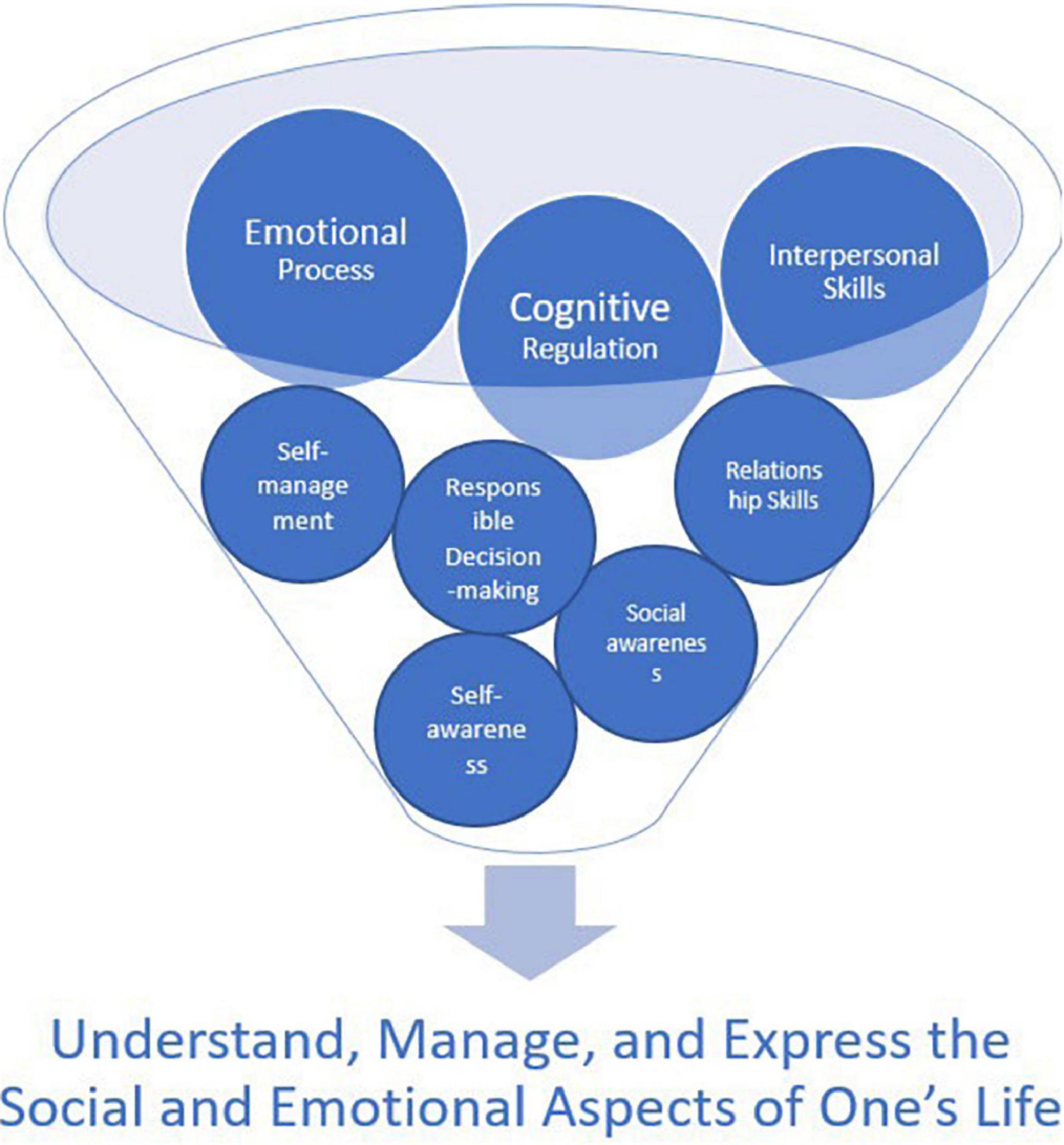Empowering Students with Special Needs: Effective SEL Strategies for Success
Social and emotional learning (SEL) is a powerful tool for empowering students with special needs. When implemented thoughtfully, SEL strategies foster inclusion, boost self-confidence, and nurture essential life skills. This comprehensive guide explores how educators, families, and support staff can effectively use SEL strategies to help students with diverse abilities thrive academically, socially, and emotionally.
Introduction: The Importance of SEL for Students with special Needs
Education is not just about academics—it’s about equipping every student to succeed in life. For students with special needs, this mission takes on new dimensions.They may face unique challenges in communication, social interaction, self-regulation, and emotional expression.That’s where social-emotional learning proves invaluable.
SEL enables students to:
- Build positive relationships
- Understand and manage emotions
- Develop empathy and compassion
- Set and achieve personal goals
- Make responsible decisions
Adopting effective SEL strategies for students with special needs not only levels the playing field but also cultivates lasting resilience, confidence, and well-being.
What is Social and Emotional Learning (SEL)?
SEL refers to the process by which children and adults acquire and apply the knowledge, attitudes, and skills essential for understanding and managing emotions, setting positive goals, showing empathy, fostering relationships, and making responsible decisions. For students with special needs, SEL provides a framework for personalized growth and success.
Core SEL Competencies
- Self-Awareness: Recognizing one’s emotions, strengths, and limitations
- self-Management: regulating emotions, thoughts, and behaviors
- Social Awareness: Showing empathy and understanding others
- Relationship Skills: Forming healthy relationships and communicating effectively
- Responsible Decision-Making: Making constructive and ethical choices
Why SEL is Essential for Students with Special Needs
Students with disabilities such as autism spectrum disorder (ASD), ADHD, learning differences, or emotional and behavioral disorders ofen face additional hurdles in developing social and emotional skills. A robust SEL curriculum helps to bridge these gaps by providing:
- Tailored skill-building opportunities that respect individual learning styles
- Safe spaces for expression and self-advocacy
- Tools for managing anxiety, frustration, or sensory overload
- Opportunities to practice social interaction in supported environments
- Enhanced self-esteem and personal agency
“Inclusive SEL approaches empower students with special needs to reach their full potential and become active members of their communities.”
Effective SEL Strategies for Success in the Special Needs Classroom
1. Personalize SEL Lessons
- Use visual aids, such as storyboards, charts, or illustrated social stories
- Incorporate multi-sensory activities (music, movement, tactile experiences)
- Adapt language, pace, and complexity to match student abilities
2. Embed SEL in Routine Activities
- Start the day with emotion check-ins (using emojis or visual emotion charts)
- practice mindfulness exercises like deep breathing or guided imagery
- Include SEL prompts in academic lessons (problem-solving in math, empathy in readings)
3. Foster a Supportive Environment
- Promote positive relationships among students and adults
- Create safe zones or sensory-friendly spaces for emotional regulation
- Encourage peer mentoring and buddy systems
4. Utilize Assistive Technology & Tools
- Leverage communication devices, speech-to-text apps, or visual timers
- Use SEL-focused mobile applications designed for diverse learners
5. Model and Reinforce SEL Skills
- Adults should demonstrate empathy, patience, and self-regulation consistently
- Positive reinforcement builds habits; praise efforts in social interaction and emotional control
6. Engage Families and caregivers
- Share SEL progress and resources regularly
- Guide families in practicing SEL skills at home
- encourage open communication and collaboration between school and home
Practical Tips for Implementing SEL with Special Needs Students
- start Small: Focus on one or two core competencies at a time for gradual advancement.
- Set Achievable Goals: Use SMART (Specific, Measurable, Achievable, Relevant, Timely) goals tailored to each student.
- Offer Choices: Empower students by giving them control over their SEL activities when possible.
- Be Consistent: Routine and repetition help embed new skills.
- Use Positive Language: Focus on strengths and growth.
- Track Progress: Document successes, challenges, and adjust strategies as needed.
Benefits of SEL for Students with Special Needs
Integrating effective social-emotional learning strategies provides tangible benefits, including:
- Greater emotional vocabulary and self-expression
- Reduced anxiety and behavioral disruptions
- Improved peer relationships and teamwork
- Higher academic engagement and achievement
- Enhanced independence and problem-solving abilities
research shows that SEL not only supports academic growth but also leads to better life outcomes for students with disabilities.
Case Study: How SEL Transformed a Classroom
At Lakeside Elementary, a special education classroom faced challenges with student outbursts and social isolation. The staff implemented a structured SEL program featuring daily emotion check-ins, social stories, and weekly group activities focused on empathy and communication.
Within months, teachers observed remarkable improvement:
- Outbursts decreased by 40%
- Students initiated more peer interactions
- Confidence and self-advocacy blossomed
This real-world example highlights the profound impact of empowering students with special needs through effective SEL strategies.
first-Hand Perspectives: Voices from the Special Needs Community
Emma B., a special education teacher:
“In the past, my students struggled to express their frustrations. After integrating SEL lessons with visual supports and consistent routines, I’ve witnessed them open up emotionally and collaborate better with classmates.”
Parent of a child with autism:
“SEL activities at school have given my son the words to describe how he’s feeling. It’s made a huge difference at home to—we’re able to support him much more effectively.”
Conclusion: Building a Brighter, More Inclusive Tomorrow
Empowering students with special needs is not a one-size-fits-all journey. Through intentional, effective SEL strategies, educators and families can unlock each child’s unique gifts, nurture crucial life skills, and foster a sense of belonging in every classroom. as we move toward more inclusive education, embracing social-emotional learning ensures that every student—irrespective of ability—has the opportunity to thrive, connect, and succeed.
Start today: Bring SEL into your classroom and witness the transformation in both learning and lives.

